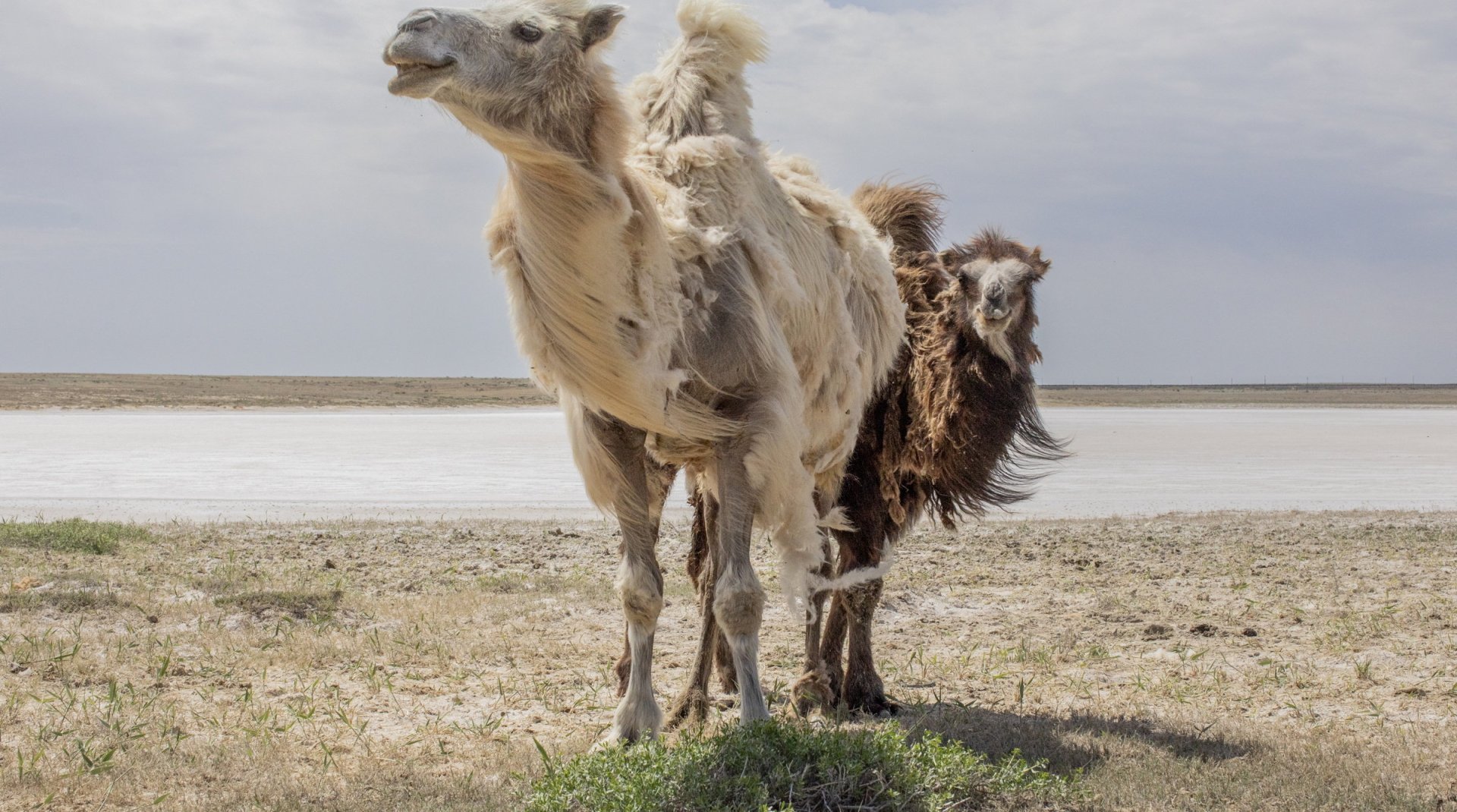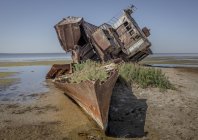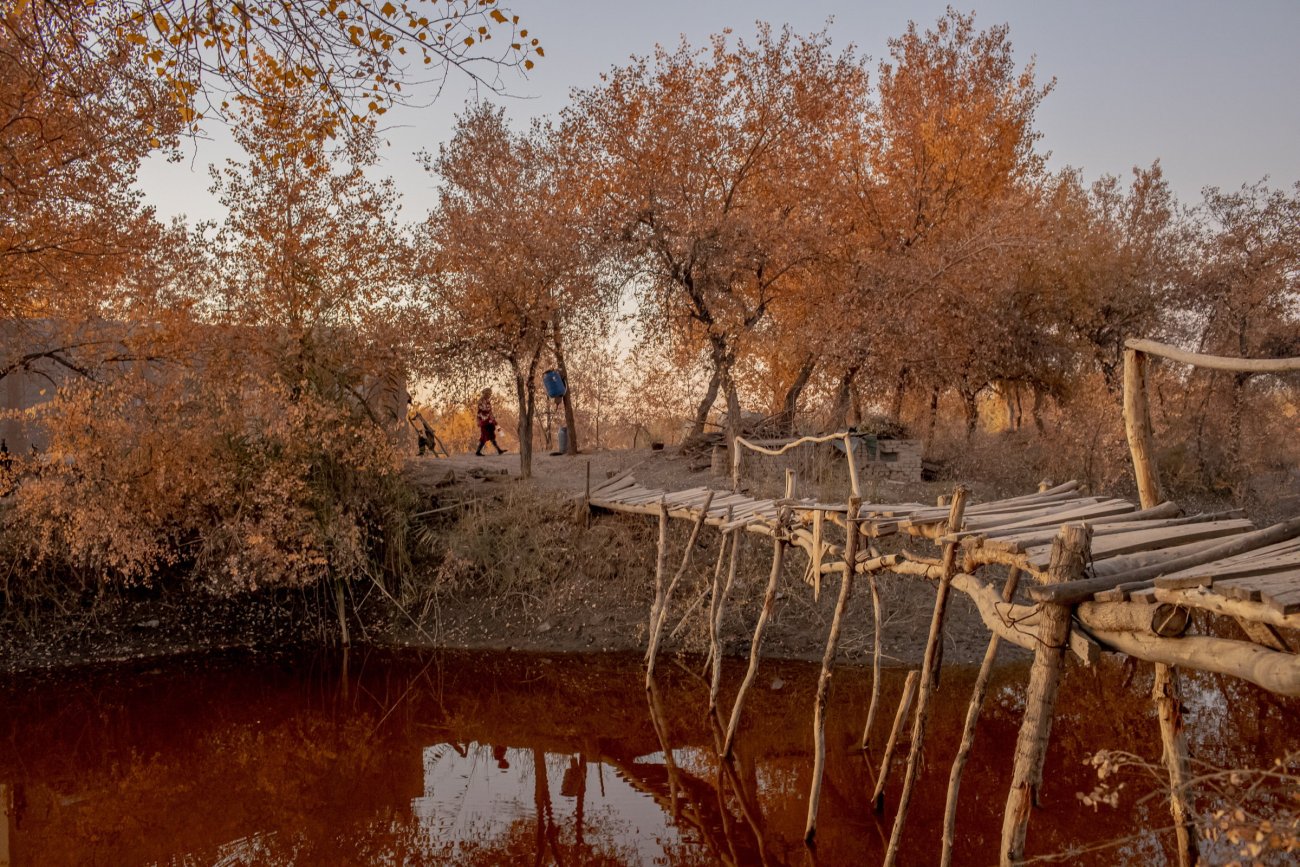Login or register for free to continue browsing
Access all this year’s exclusive online content

After the Aral Sea
Anush Babajanyan
Once the fourth-largest lake in the world, the Aral Sea has become one of the most devastating environmental disasters caused by humankind. Since the 1960s, the Aral Sea has lost 90% of its volume due to Soviet-era irrigation projects that diverted its tributaries, the Syr Darya and Amu Darya rivers, to support agricultural activities, mainly cotton production, in Uzbekistan and Kazakhstan. The consequences have been profound: ecosystems have vanished, livelihoods have been disrupted, and vast stretches of the former seabed have turned into a new desert: the Aralkum.
Yet in recent years, a new narrative has emerged – one of transformation, resilience, and hope.
Governments in both Kazakhstan and Uzbekistan have launched afforestation campaigns, planting salt-resistant trees across the Aralkum Desert.
Preview





